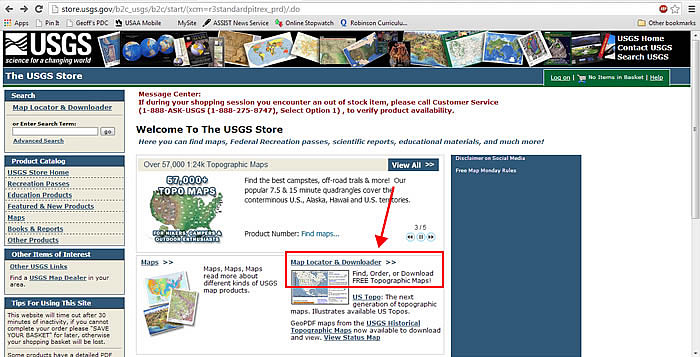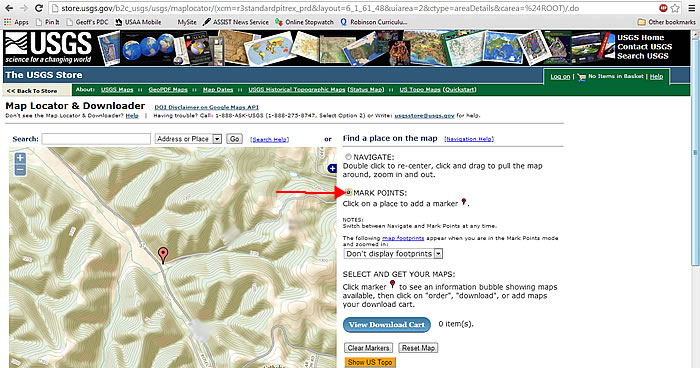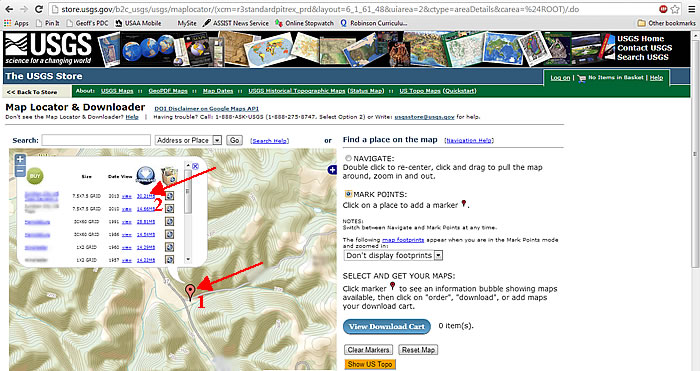Checked the worms again today. I was hoping to switch out a bucket of castings for the latest bin of waste material. Happily, the worms are still thriving, even when we were away for a few days, and I couldn’t be there to lift the lid for them (for a bit of fresh air).
I have been unable to find the original post that prompted me to try this experiment. Here is a semi-similar one though: http://vermicomposters.ning.com/profiles/blogs/5-gallon-bucket-experiment-1. I found his results interesting.
My worms are multiplying. They remain near the top of the bucket and do their business there. They are not drowning in worm juice as I feared they might.
I hypothesize that the leaf litter and tiny sticks mixed in on the bottom of the buckets are creating a sponge for the juices. Whether it’s the air pockets created by the crossed sticks and eggshells in the bucket allowing them fresh air or my lifting the lid, I don’t know. Maybe it’s both.
Bucket #1 is just now getting to the barely-recognizable stage of decomposition. Bucket #2 still has mostly moldly, slimy-looking food residue. Neither, however, are ready for emptying. I definitely need to re-vamp with more worms if I want to make this a feasible option through the winter. Based on bpearcy10‘s findings, though, I would need to be sure to find the right ratio of food to worms and split them off, once they have multiplied. Maybe it’s time to invest in a scale . . .




